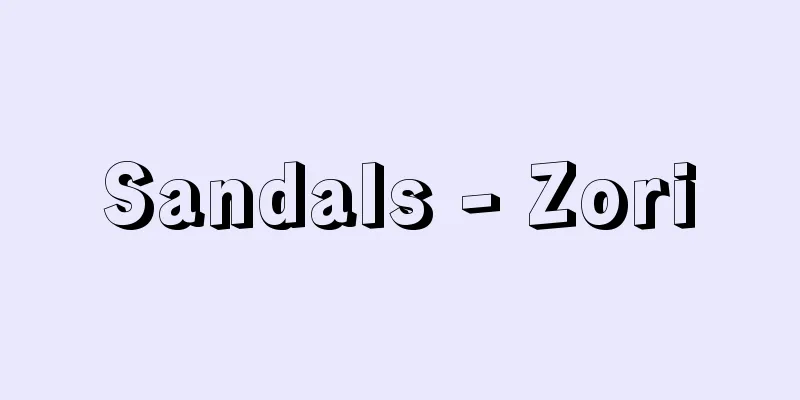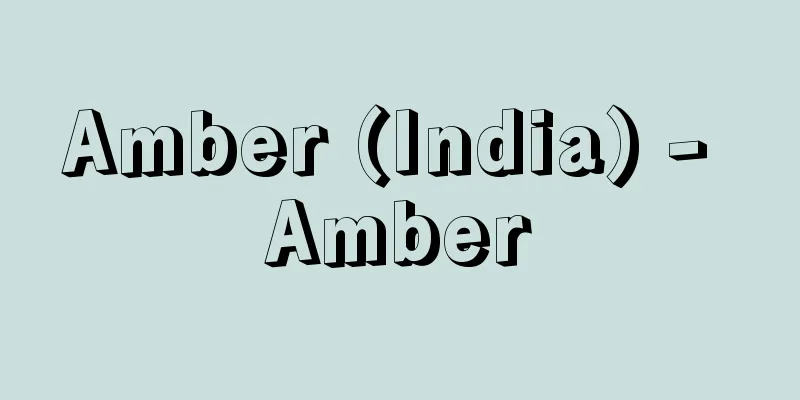Intercalary month - Uruzuki (English spelling)

|
In the lunar calendar, one lunar month is 29.53 days, so the 365.24 days it takes for the Earth to orbit the Sun is between 12 and 13 months. To correct this, a normal year is made 12 months long, with an intercalary month inserted once every two or three years to make it 13 months long. The main focus of ancient Chinese astronomy was on researching how to place the intercalary months, and a calendar system was completed that inserted an intercalary month seven times every 19 years in relation to the 24 solar terms of the year. Source: Encyclopaedia Britannica Concise Encyclopedia About Encyclopaedia Britannica Concise Encyclopedia Information |
|
太陰暦において,1朔望月は 29.53日であるから,地球が太陽のまわりを1周する 365.24日は,12ヵ月と 13ヵ月の間になる。これを補正するため,平年は 12ヵ月とし,2年ないし3年に1度ずつ閏月をおいて 13ヵ月とする。古代中国の天文学の主力は,この閏月をいかに配置するかの研究にそそがれ,1年二十四節気との関連において 19年に7回閏月を挿入する暦法が完成した。
出典 ブリタニカ国際大百科事典 小項目事典ブリタニカ国際大百科事典 小項目事典について 情報 |
>>: Ur - Ur (English spelling)
Recommend
Aristolochia fanchi (English spelling) Aristolochiafanchi
...Name of herbal medicine. In China, it refers t...
Bridge
Bridges are structures that cross rivers, straits,...
Ataka clan
…However, during the first half of the Northern a...
Mr. Osuga
A powerful clan in Shimousa in the Middle Ages. Th...
Silver surface
〘Noun〙 A type of horse equipment. An ornament for ...
Schilder's disease
...However, the defective enzymes in lipid metabo...
imazhinizm
…Successive schools of thought emerged, including...
Kagisama - Kagisama
...The fish-shaped crossbars were especially call...
Mitosis
…This reduction in the number of chromosomes by h...
Lee Yuk-sa - Lyrics
Korean poet and independence activist. Born in No...
Prison Commander - Shuugokushi
〘Noun〙① Under the ritsuryo system, this was an off...
quoits
…It is thought to be a variation of the discus, b...
visiting card
...Business cards were used for detailed arrangem...
Relative Salary - Aitaisumasshirei
In the Edo period, this was a law that ordered th...
Aristogeitōn (English spelling)
A middle-class citizen of ancient Athens. Dates of...
![Guadalcanal [island] - Guadalcanal](/upload/images/67cb36a50f69d.webp)








